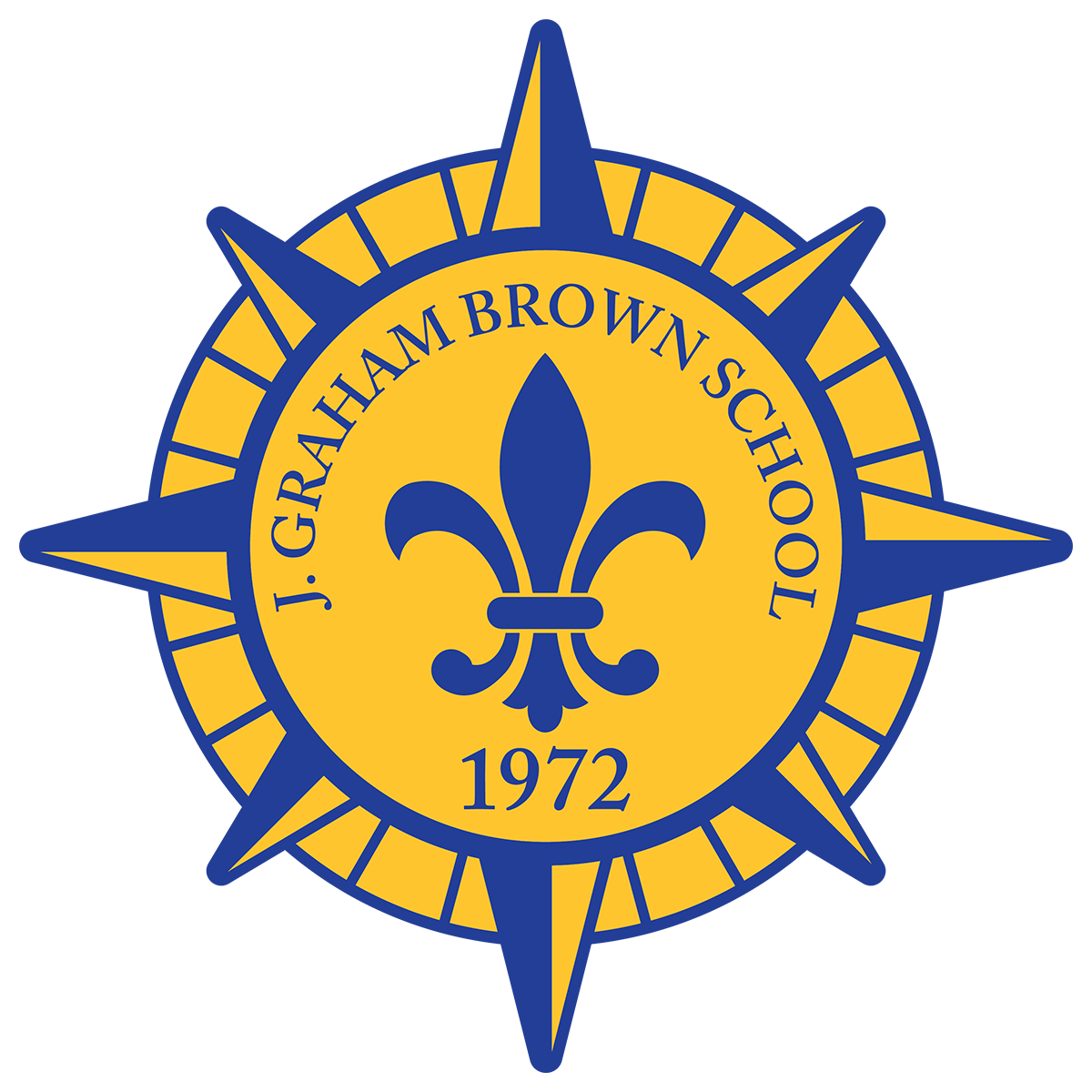Skip to content
Proficient Reading:
High 51%
Middle 30%
Elementary 34%
|
Distinguished Reading:
High 43%
Middle 47%
Elementary 27%
Proficient Math:
High 51%
Middle 41%
Elementary 29%
|
Distinguished Math:
High 27%
Middle 32%
Elementary 9%
